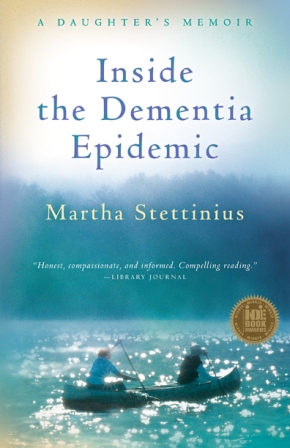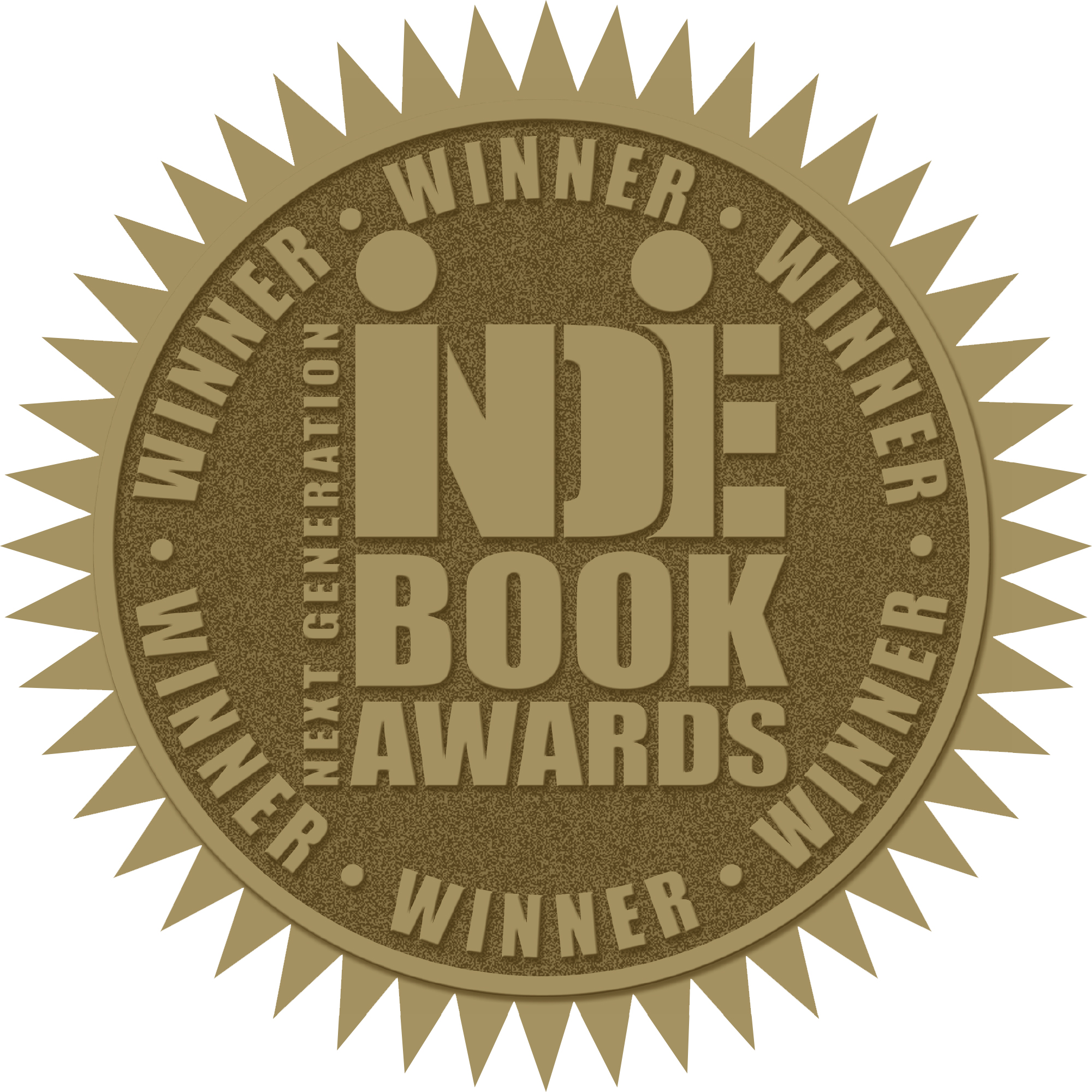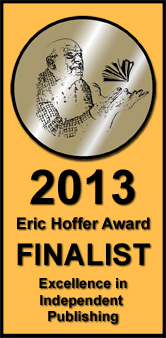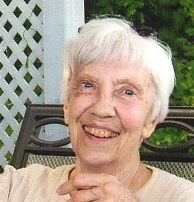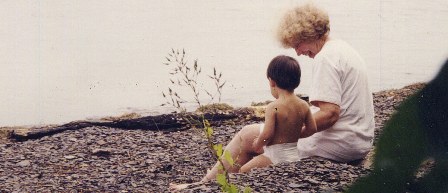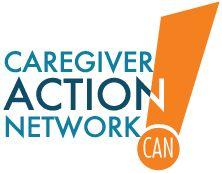Inspiring Interview with "Alive Inside" Director
 Monday, July 28, 2014 at 01:27PM
Monday, July 28, 2014 at 01:27PM Wow. I highly recommend taking eight minutes to watch the interview below with the director of the 2014 Sundance Film Festival's Audience Favorite, the documentary "Alive Inside," about the power of music to reach people with advanced dementia--specifically music from their childhoods.
Michael Rossato-Bennett is so excited about the subject of his film that he would like to change the name of the film to "Make Grandma a Playlist!" He says that "music from your formative years hits you in a way that nothing else does." Rossato-Bennett was commissioned to design the website for the nonprofit Music and Memory, which campaigns to bring personalized music to nursing home residents, and he was so impressed with the program that he decided to document the work of Music and Memory in a film.
Seventy-five percent of the people he filmed in nursing homes with advanced dementia--people who usually sit slumped down, unresponsive--"come alive" when they listen to their favorite music from their childhood and teen years on headphones. When the headphones are taken off, they are able to talk about their memories and have a real conversation.
As he says, the parts of the brain that process music are "basically spared" by Alzheimer's (and perhaps other dementias). Despite advanced dementia, all people have "life deep down inside us."
Music is not a cure for dementia, of course, but personalized music can be amazingly powerful.
Check out his interview, or my blog post last week, for more information about the film, which opened last week in select theaters across the country and will be available on iTunes and as a DVD in October.





